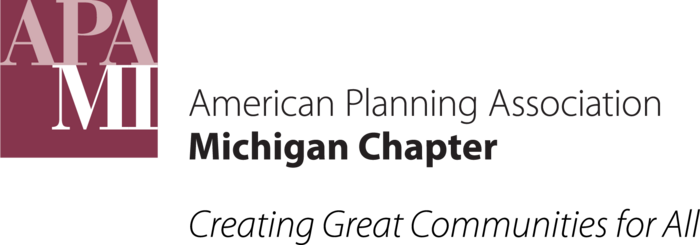Complete Story
04/04/2025
Coastal Solutions Compendium
Coastal Setback
A coastal setback defines a minimum distance between the shoreline and development. It is established by a local unit of government through its zoning ordinance.
Why it supports resilience:
Setback requirements that are calibrated to the specific coastal conditions help to preserve the natural beach and protect development from the impacts of erosion and flooding. In addition to creating space that allows for natural coastal processes to occur, they serve to protect water quality and natural features along the coast by limiting disturbance from construction within the setback area.
How it is used:
Coastal setbacks require new buildings and additions to be a certain distance away from the shoreline or a fixed reference point, such as the bluff line or the Ordinary High Water Mark (OHWM). In addition to limiting the placement of occupied buildings, a coastal setback can apply to accessory structures, such as seawalls, decks, garages, and septic systems. Since every coast has unique characteristics, an engineering study may be necessary to identify a recommended setback line that takes into account likely lake levels, wave impacts, and erosion rate. Because this tool uses the changing shoreline as a reference, it is critical that a regular review process is established and implemented.
This tool may be incorporated into a Coastal District or Coastal Overlay, which includes other regulations in addition to a setback. It is most effective when paired with a Coastal Buffer that keeps the land within the setback in its natural condition.
Possible obstacles to implementation:
- Setbacks may be viewed as undesirable restrictions on development potential.
- Setback distances may need to be increased in the future to reflect changes in lake levels and erosion.
- In areas with existing development, a coastal setback may render buildings nonconforming, which may limit future improvements.
- The cost of a coastal engineering study may compete for scarce public resources.
- Exceptions may be needed to accommodate infrastructure such as stairs and boat launches.
Example:
City of Manistee R1 Low-Density Residential District
SECTION 803 DIMENSIONAL STANDARDS:
Within the R-1 District, the following dimensional standards shall apply:
C. Yard and Setback Requirements - The following requirements shall apply to every parcel, building or structure.
4. Waterfront Yard: The minimum setback shall not be less than one hundred (100) feet from the ordinary high water mark, provided such setback shall not apply to walkways, boat docks, boat slips, boat launches and boat houses. Provided, further that the waterfront setback shall not be less than the setbacks required by the Department of Natural Resources in a High Risk Erosion Control area.
Tasks for implementing this tool:
- Engage with the community about the potential change (see Community Engagement Approaches in Chapter VI).
- If possible, conduct an engineering study to determine the most appropriate minimum setback distance based on current and historical conditions of the shoreline and projected recession (i.e., erosion) rate. Otherwise, use GIS maps and historical data to identify an appropriate setback distance (see How much space does the lake need? in Chapter II for available data tools).
- Determine which definition of Ordinary High Water Mark to use for measurement of the coastal setback: Regulatory, Local or Natural (see Appendix A, Glossary of Coastal Terms).
- Determine whether to add the requirement as a general zoning provision that applies to all properties with coastal frontage, or as an overlay district (see Coastal Overlay Tool).
- Identify any special limitations for the area between the shoreline and the minimum building setback distance, such as parking and driveway limitations, armoring limitation, septic tank placement, etc.
- Include a requirement to periodically review coastal conditions to determine if the setback distance should be adjusted, and establish a defined review period.
- Identify if there will be special provisions for additions onto structures that are non-conforming due to the addition of the coastal setback.
- Establish a regular review schedule and procedure to monitor the effect of coastal changes.

